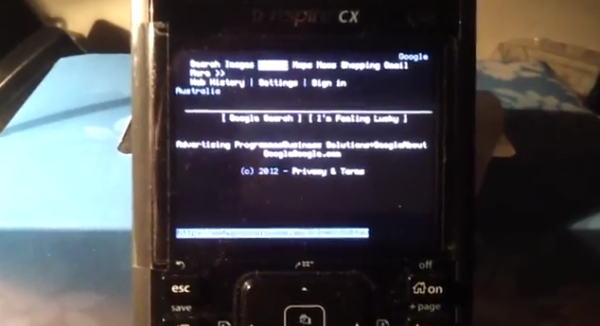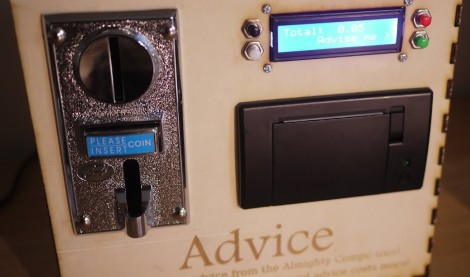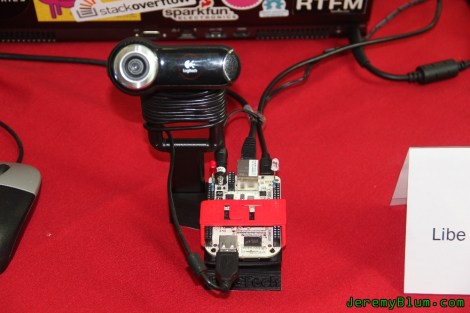Since he’s got several Raspberry Pi boards on hand [Eric Erfanian] decided to see what he could pull off using the robust networking tools present in every Linux installation. His four-part series takes you from loading an image on the SD cards to building a mesh network from RPi boards and WiFi dongles. He didn’t include a list of links to each article in his post. If you’re interested in all four parts we’ve listed them after the break.
He says that getting the mesh network up and running is easiest if none of the boards are using an Ethernet connection. He used the Babel package to handle the adhoc routing since no device is really in charge of the network. Each of the boards has a unique IP manually assigned to it before joining. All of this work is done in part 3 of the guide. The link above takes you to part 4 in which [Eric] adds an Internet bridge using one of the RPi boards which shares the connection with the rest of the mesh network.
If the power of this type of networking is of interest you should check out this home automation system that takes advantage of it.
Continue reading “Mesh Networking With Multiple Raspberry Pi Boards”
















